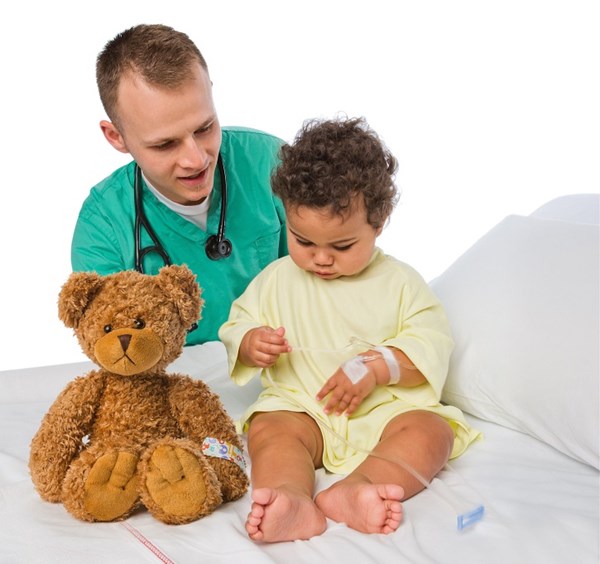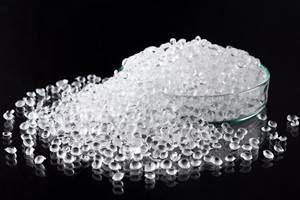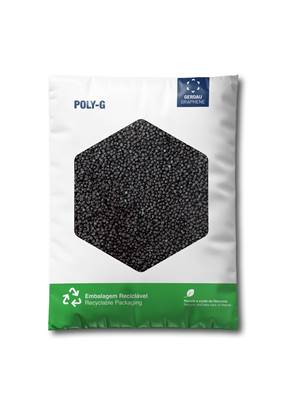Non-Ortho-Phthalates Gain Ground in Flexible PVC
Conversion to non-ortho-phthalate plasticizers expected to steadily continue.
Conversion to non-ortho-phthalate plasticizers expected to steadily continue.
“Health, Environmental Concerns Give Non-Phthalate Plasticizers a Push”, our August cover story, discusses how workhorse ortho-phthalate plasticizers DOP/DEHP and DINP in flexible PVC will continue to steadily be replaced by non-phthalate alternatives.
In my coverage of the broad category of non-phthalate alternatives that are getting the most play, I included DOTP (diethylehexyl terephthalate, aka DEHT). It is more accurate to say they are non-ortho-phthalates.
Our long-time industry colleague Allan Griff, consulting engineer and plastics extrusion pro, told me that there is still some unresolved confusion around ortho- and tere-phthalates, and he will be addressing this in his presentation at the upcoming SPE Vinyltec in Woodbridge, N.J. on Sept. 21. An email from Allan prompted me to blog about this both for the sake of my article’s accuracy and the fun but instructive chemistry lesson he offered as follows:
• A phthalate is based on phthalic acid, which is like a person with two hands (forget the feet right now). The type of phthalate depends on what he’s holding. If he holds two oranges, it’s “orange” phthalate. If he has two fish, it’s “fish” phthalate. And, if he has two-8-carbon chains, it’s diOctyl phthalate (di = 2, octyl = 8 like octopus) = DOP, the most common plasticizer, which can soften PVC resin for use in flexible applications. (He can in principle have different things in right and left hands, but that doesn’t happen in the real world of plasticizers.)
• Now, there are two important classes of phthalates. If the hands are close to each other, like clapping or praying, they can hold onto things together. Those are ortho-phthalates, which are the ones accused of harmful effects. However, and this is critical, if the arms stick straight out to both sides, like a welcoming gesture, they don’t work together at all. That’s a tere-phthalate, and they haven’t been considered dangerous (yet) because they don’t react like ortho-phthalates can.
Allan is referring particularly to DOTP which was first offered by Eastman Chemical as a ‘non-phthalate’ plasticizer (Eastman 168), with 168 SG (sensitive grade) version launched in 2013, a high-purity grade for medical and children products. Also that year, seeing the value of DOTP, BASF launched Palatinol DOTP, and is starting North American production of this plasticizer next year at dedicated facilities in Pasadena, Texas. It happens that this non-ortho-phthalate has experienced a nine-fold increase in consumption in North America and Europe combined, according to recent industry reports from Houston-based IHS Chemical and others. Allan makes the point that while these DOTP products are significantly different than the ortho-phthalates, they are phthalates nonetheless.
Moreover, he points to two other important connections: PET and BPA (bisphenol-A). “No-one has seriously accused this plastic (PET) of harm, other than waste of resources.” He says this might be because no-one wants to go up against the beverage industry, but also because there is a big difference: PET is a terephthalate—the kind with the arms sticking out and joining with other phthalate molecules to form a chain. Adds Allan, “In other words, it’s the plastic itself, not an additive like DOP in PVC! Here we see the difference between a building block (monomer), which loses its identity (and reactability) as a component of a polymer chain, versus, an additive, which remains unreacted in the finished product.”
He then points out that this is where BPA fits in. “The public confuses polymer with additive. They talk about plastics with BPA ‘in it,’ but that is only PC, which is too expensive anyway for mass usage. However, the BPA anxiety has spread to other clear plastics, including PET, which chemically has nothing to do with BPA. If there is residual BPA in the PC, that is what needs to be talked about, and maybe limits even set much as the vinyl industry set limits for the carcinogenic vinyl chloride monomer back in the 70s.”

Related Content
K 2022 Additives & Materials: Sustainability in the Lead
Nearly all of the new additives highlighted at the big show are aimed at enhancing recyclability of commodity resins and some volume engineering resins such as nylon and PC. A few new materials, on which we had not previously reported, also surfaced at K 2022.
Read MoreICIS Launches: Ask ICIS Generative AI Commodities Assistant
Said to be the first of its kind, this AI assistant will enhance access to ICIS’ intelligence and insights for the energy and chemical markets.
Read MoreMasterbatches Reduce Gloss in PLA and PETG 3D Printed Products
Insight Polymers & Compounding’s two low-gloss additive masterbatches shown to boost appearance of 3D printed objects.
Read MoreGraphene-Enhanced Stretch Film Billed as 'World First'
Thinner, stronger films to be commercialized by Brazil’s Packseven in August.
Read MoreRead Next
See Recyclers Close the Loop on Trade Show Production Scrap at NPE2024
A collaboration between show organizer PLASTICS, recycler CPR and size reduction experts WEIMA and Conair recovered and recycled all production scrap at NPE2024.
Read MoreFor PLASTICS' CEO Seaholm, NPE to Shine Light on Sustainability Successes
With advocacy, communication and sustainability as three main pillars, Seaholm leads a trade association to NPE that ‘is more active today than we have ever been.’
Read MoreLead the Conversation, Change the Conversation
Coverage of single-use plastics can be both misleading and demoralizing. Here are 10 tips for changing the perception of the plastics industry at your company and in your community.
Read More


























